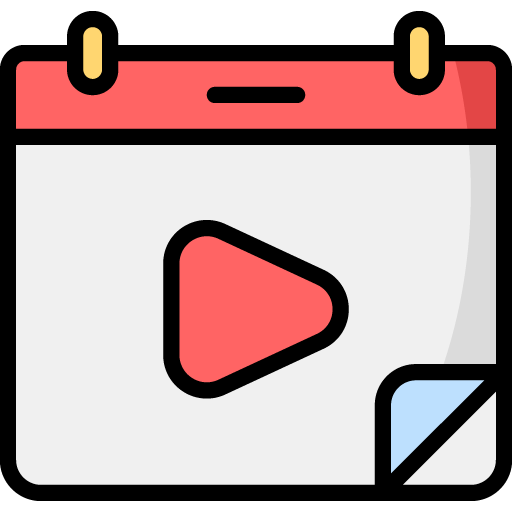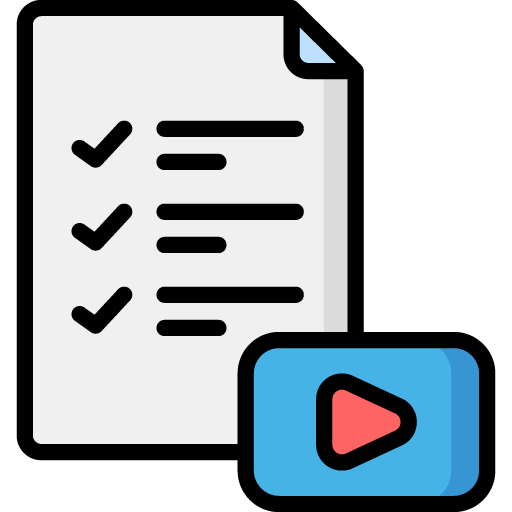Using Tags and Descriptions Effectively
How to Optimize Video Tags and Descriptions for Better Search Rankings on YouTube
Introduction: Why Tags and Descriptions Matter
If you’re creating content for YouTube, you’ve probably heard that titles and thumbnails are crucial. But what often gets overlooked are two major players in your video’s success: tags and descriptions. These elements may not grab a viewer’s attention like a flashy thumbnail, but they play a pivotal role behind the scenes. YouTube’s algorithm uses your tags and descriptions to understand the context of your content. Done right, these elements can help your video show up in search results, suggested videos, and even external search engines like Google.
In this comprehensive guide, we’ll cover everything you need to know about optimizing your tags and descriptions to improve visibility, engagement, and search rankings.
Understanding YouTube’s Algorithm
Before we dive into the details, let’s talk about how YouTube ranks videos. The platform considers several factors:
- Relevance to the user’s query
- Viewer engagement (watch time, likes, comments)
- Metadata (title, description, tags, and captions)
- Video quality and production value
While tags have become less influential over the years, they still provide value when used strategically. Descriptions, on the other hand, serve multiple functions—from boosting SEO to increasing viewer retention.
The Role of Tags in YouTube SEO
Tags are keywords you associate with your video. They help YouTube understand the subject matter and serve your video to the right audience.
Primary Functions of Tags:
- Clarify ambiguous content (e.g., “bass” the instrument vs. “bass” the fish)
- Strengthen keyword relevance
- Help videos appear in “related videos”
Best Practices for Tags:
- Use a Mix of Broad and Specific Tags: Include broad tags like “YouTube SEO” and specific ones like “optimize YouTube tags for better ranking.”
- Include Common Misspellings: If people often misspell a keyword (e.g., “tutoral” instead of “tutorial”), consider adding it.
- Prioritize Your First Tags: YouTube seems to give more weight to the first few tags, so put the most important ones first.
- Avoid Irrelevant Tags: Irrelevant tagging can hurt your channel’s credibility and may even result in penalties.
How to Research Tags Effectively
Great tags are informed by great research. Use tools like:
- TubeBuddy or VidIQ: These Chrome extensions analyze tags used by high-ranking videos.
- YouTube Auto-Suggest: Type your topic into the search bar and note what YouTube suggests.
- Competitor Analysis: Look at similar videos in your niche and study the tags they use.
Create a running list of high-performing tags and track which ones contribute to video performance over time.
Optimizing Descriptions for Search and Engagement
Descriptions are more than just a block of text under your video. They’re a powerful tool for driving SEO, encouraging user interaction, and boosting watch time.
An Effective Description Should:
- Reinforce Your Keywords: Mention your target keywords in a natural way throughout the first few sentences.
- Explain the Video’s Value: Let viewers (and the algorithm) know exactly what they’ll get out of your video.
- Include a Call to Action: Prompt viewers to like, subscribe, and comment.
- Provide Timestamps: For longer videos, timestamps help improve the user experience and boost viewer retention.
- Add External Links: Include links to your website, blog, or affiliate products—but do so sparingly.
- Use Hashtags Wisely: Add 1-3 relevant hashtags to increase discoverability.
Step-by-Step Guide to Writing a YouTube Description
Step 1: Start with a Strong Opening Line
Use a sentence that includes your primary keyword and grabs attention. For example:
“In this video, we’re diving deep into how to optimize your YouTube tags and descriptions for better search rankings.”
Step 2: Expand on the Video Content
Summarize what your video covers. Use natural language and keep paragraphs short.
Step 3: Add Timestamps (if applicable)
Break down your video into key segments with timestamps.
Step 4: Include Calls to Action
Encourage likes, comments, and subscriptions. Ask a question to increase engagement.
Step 5: Add External and Affiliate Links
Include links to your website, blog posts, or relevant affiliate products.
Step 6: Insert Hashtags and Keywords
Hashtags like #YouTubeSEO or #VideoMarketing can increase discoverability. Don’t overdo it—stick to 1-3.
Common Mistakes to Avoid
- Keyword Stuffing: Overloading your description with keywords can hurt readability and appear spammy.
- Generic Descriptions: Avoid copying and pasting the same description across videos.
- Ignoring Mobile Users: Most YouTube viewers are on mobile. Put the most important info in the first 2-3 lines.
- Too Many Links: Too many external links can distract viewers from watching your video.
How Tags and Descriptions Work Together
Think of tags and descriptions as teammates. When they align:
- You boost your video’s relevance in YouTube’s algorithm.
- Your content is more likely to show up in search results and suggested videos.
- Viewers have a clearer understanding of what your video is about.
For example, if your video is about “How to Bake Vegan Brownies,” you might use tags like “vegan baking,” “easy vegan brownies,” and “healthy dessert recipes.” Then, your description might include these keywords while also explaining your process and linking to your recipe blog.
Advanced Tips and Tools
- Use Google Trends: Check the popularity of search terms over time.
- Create Tag Templates: Have pre-made sets of tags for recurring themes or series.
- Update Over Time: Revisit older videos and improve tags and descriptions based on performance data.
- Monitor Analytics: Use YouTube Studio to track traffic sources and see which tags and keywords are driving views.
Conclusion: Small Tweaks, Big Results
While tags and descriptions may not be the flashiest parts of YouTube content creation, they’re among the most important for discoverability. With just a few strategic tweaks, you can significantly boost your visibility, get your videos in front of more viewers, and grow your channel faster.
Remember: the key is clarity, relevance, and consistency. Use your tags to help YouTube understand your content, and craft descriptions that not only inform but also invite engagement.
Stay thoughtful, stay strategic, and watch your YouTube presence flourish!







 Edit Your Footage
Edit Your Footage
Leave a Reply